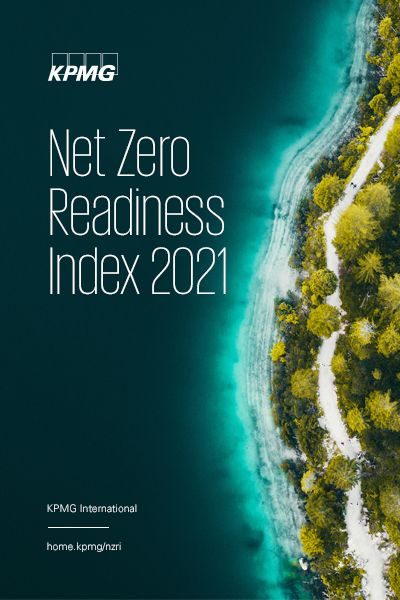Despite Indonesia’s exposure to physical impacts of climate change, the prioritization of socioeconomic development means it will continue to increase emissions for some years and its 2060 Net Zero target will require greater urgency if it is to be met.
Economic imperative
With much of its population living in low-lying coastal areas and high levels of air pollution, Indonesia is highly exposed to climate change risks. Yet with less than 4 percent of the world’s population, the country is the fifth largest producer of greenhouse gases in the Index.
Its government has set a Net Zero target with cross-party support. However, the target date is 2060 and the government expects significant growth in emissions from many sectors over the next few years, requiring very steep cuts in the second half of this century. “The government’s plans need more urgency to achieve the 2060 target, far out as that is,” says Michael Horn, Head of Sustainability Services, KPMG in Indonesia.
As the world’s largest exporter of thermal coal by weight,1 Indonesia is continuing to build coal-fired power stations to take advantage of its national reserves, with the last one planned for decommissioning in 2058. While these often replace diesel generation, these will contribute to accelerating growth in emissions over the next few years. Indonesia also expects transport emissions to rise by 50 percent between 2015 and 2030, then do the same again over the following two decades, with industrial emissions peaking in 2030 at the earliest.
Land use
Emissions from agriculture, land use and forestry have almost tripled since 1990, now making up more than two-fifths of Indonesia’s total, and these, too, are expected to increase for several years. However, the country has had some success in reducing deforestation, which reduced sharply in 2020 to its lowest level since this was first recorded in 1990. Much of this has taken place to increase production of palm oil. Because of foreign opposition reducing its export potential, the Indonesian government plans to make more use of palm oil in vehicle biofuels.
Horn says there is potential to monetize ‘carbon sink’ work where landowners would be paid to not to cut down trees. But with clearance of naturally occurring primary forests already illegal, it would be hard to set up markets in this.
Incremental change
Indonesia has strong potential for renewable energy, including 40 percent of the world’s potential for geothermal generation, but this has high upfront costs. The government has introduced net metering so owners of solar panels can sell excess generation to the country’s state-owned electricity utility, but with poor returns for doing so, few have taken advantage. New construction has to comply with a green building code, but there are no requirements to refit existing ones, even when they are undergoing renovation.
Horn says there are grounds for optimism, including pressure from other countries to decarbonize supply chains, the recent creation of an agency to restore peatlands that act as natural carbon stores and an innovative private sector. But he warns that, understandably as a developing nation, Indonesia tends to prioritize economic growth: “That can easily cut across Net Zero goals,” he says. “The journey’s started, but there is an awful long way to go.”
Contact
Connect with us
- Find office locations kpmg.findOfficeLocations
- kpmg.emailUs
- Social media @ KPMG kpmg.socialMedia
Argentina | Australia | Brazil | Canada | Chile | China | Denmark | France | Germany | Hungary | India | Italy | Japan | Malaysia | Mexico |
New Zealand | Nigeria | Norway | Poland | Russia | Saudi Arabia | Singapore | South Africa | South Korea | Spain | Sweden | Thailand |
Turkey | United Arab Emirates | United Kingdom | United States
1 ‘Coal 2020: trade’, International Energy Agency, accessed July 2021. https://www.iea.org/reports/coal-2020/trade



